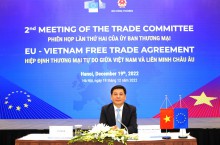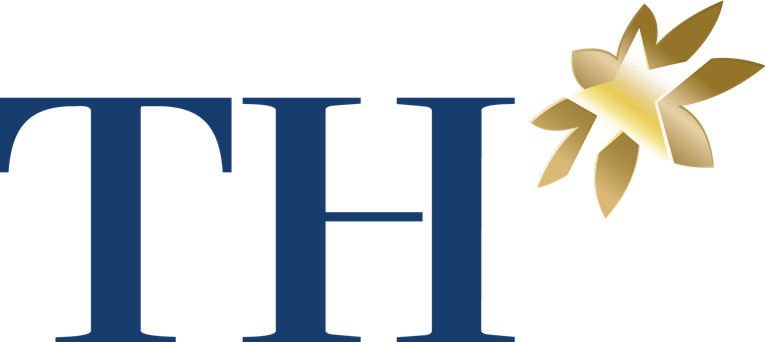The News
Slovenia's non-tariff measures and other trade regulations
Within the framework of the EU and Slovenian single markets, the Single Administrative Document (SAD) management system is applied. Non-EU goods when imported into the EU customs territory are subject to customs inspection at the border gate for the goods in the general customs declaration presented to the customs authorities. Customs authorities may allow exporters to complete documents within a period of time but not more than the first 1 working day after the date the goods are presented to the customs office for inspection.
Within the framework of the EU and Slovenian single markets, the Single Administrative Document (SAD) management system is applied. Non-EU goods when imported into the EU customs territory are subject to customs inspection at the border gate for the goods in the general customs declaration presented to the customs authorities. Customs authorities may allow exporters to complete documents within a period of time but not more than the first 1 working day after the date the goods are presented to the customs office for inspection.
1. Measures and policies prohibiting, restricting and licensing imports
As a member of the EU, Slovenia applies a common EU tariff schedule, which regulates prohibited and restricted import items including: Items regulated under the CITES Convention on species threatening extinction, wildlife and flora; Apply special solutions to agricultural products such as regulations on the composition of agricultural products, surcharge tax on sugar, products with sugar content and flavorings.

The EU applies import and export to some types of goods such as ozone layer harmful substances, 1 number of import and export items to some countries such as Iran and North Korea. Implement import and export control for 1 number of goods in the CITES list, luxury goods, items and equipment containing greenhouse substances.
Slovenia adopts a common EU import permit policy for poultry to monitor commercial circulation. Importation of this item is permitted only if it is in accordance with EU regulations on veterinary and food safety standards. In addition, for this item, the EU imposes import duties and tariff quotas that ensure EU business units can compete with non-EU countries. For Vietnam, EVFTA regulations apply. The EU also imposes additional import tariffs if the imported goods have a lower tariff rate than the one notified to the WTO by the EU. The EU applies poultry market monitoring, according to which EU countries must notify the Commission no later than 12:00 every Wednesday about the selling price of slaughterhouses or the wholesale price of the main market (65% of the market volume for chicken products).
Link to look up tax rates, quotas, import licenses:
www.ec.europa.eu/taxation_customs/customs/customs_duties/tariff_aspects/customs_tariff/index_en.htm
2. Import requirements and documents, supervision of import and export goods
Within the framework of the EU and Slovenian single markets, the Single Administrative Document (SAD) management system is applied. Non-EU goods when imported into the EU customs territory are subject to customs inspection at the border gate for the goods in the general customs declaration presented to the customs authorities. Customs authorities may allow exporters to complete documents within a period of time but not more than the first 1 working day after the date the goods are presented to the customs office for inspection.
From 1 July 2009, all companies established outside the EU must have an Economic Operator Registration and Identification (EORI) number if they want to file a customs declaration in the EU territory.
To apply for an EORI number, businesses must present:
- A copy of business registration issued by the host country;
- VAT registration certificate issued by the competent authority of the EU country (Slovenia) if any;
- Documents proving business information;
- A copy of the individual's passport.
From February 2020 Slovenia applied the SUMAL traceability system for wood and wood products, using GPS applications to trace the entire production and consumption process.
3. Customs procedures, regulations on origin of goods
The usual procedures include: Notify the Border Checkpoint (BIP) in advance, check documents, check legal entity information, physically check goods.
- Step 1: The importer sends a notice to the border gate inspection station informing about the shipment 1 day before the goods arrive at the border gate.
- Step 2: When the goods arrive at the port, the importer directly brings the original dossier to the border checkpoint.
- Step 3: The border checkpoint checks whether the goods only need to check the paperwork or need to physically check the goods or take test samples.
- Step 4: The border checkpoint conducts the inspection in the presence of customs and importers.
- Step 5: After the inspection, the inspection staff issues an import inspection certificate of the shipment according to the pre-printed form.
- Step 6: The importer presents the documents issued by the border checkpoint to the Customs Office.
Goods will be transferred to the warehouse to be put on the market, along with the original set of imported documents.



